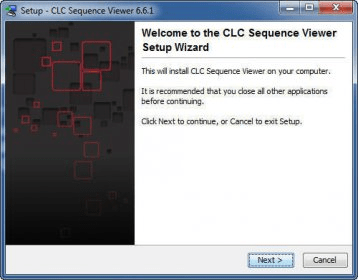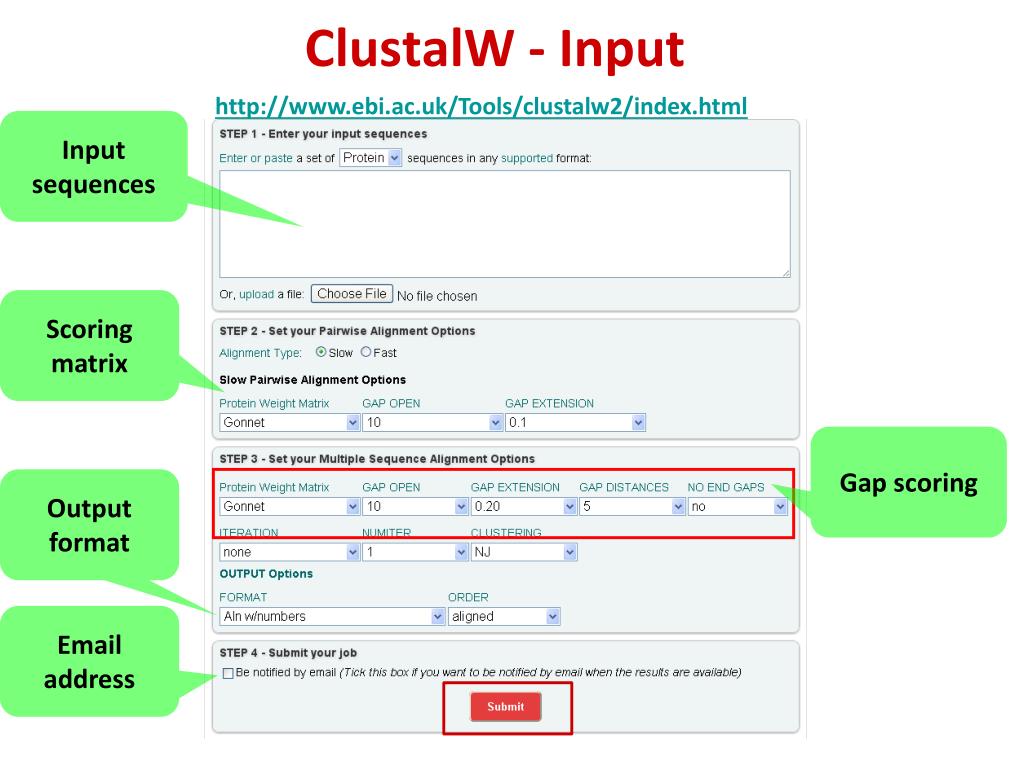
Furthermore, with the myriad of bioinformatics tools available today, and with the rapid growth and constant change in this field, it becomes difficult to standardize analyses across laboratories and teams. Many sequencing and wet lab approaches exist, and it is important to recognize their benefits and weaknesses. Thus, the small nuances in the nucleic acid extraction and sequencing approaches, combined with the different sequencing platform capabilities, become important factors in capacity building. While some standards and guidelines have been developed, these may not be broadly applicable to all infectious disease and public health laboratories. Many challenges exist in setting up a high-quality NGS and bioinformatics laboratory capacity, such as choosing the right sequencing platform, wet lab sequencing method, bioinformatics analyses tools, personnel with the right kind of skills and experience, and computational and IT infrastructure to support the analyses of large amounts of data produced by NGS and bioinformatics. In addition, implementation of NGS and bioinformatics methods as routine surveillance and tracking tools necessitates specialized information technology (IT) and quality management systems that can meet the goals of public health laboratories. However, NGS is powerful but complex and nuanced, requiring significant experience and expertise for production of accurate and informative results. This, coupled with improvements in sequencing error rates and simpler laboratory approaches, and the decreasing costs of NGS and computational requirements, has made NGS and bioinformatics a more achievable and increasingly desirable feature of research and public health laboratories around the world. The assembly and analyses of pathogen genomes can shed light on pathogen spread, contact tracing, dynamics of epidemics, and even possible sources, times, and geographic origins of pathogen emergence. Its advantages over conventional methods are many, as sequences produced can be used for more accurate detection and characterization of pathogens, screening for presence of resistance mutations/genes, vaccine escape variants, recombination or reassortment, and virulence and pathogenicity factors. Next-generation sequencing (NGS) technology, or high-throughput sequencing, combined with bioinformatics has become a powerful tool for detection, identification, and analyses of human pathogens. Finally, we summarize the bioinformatics of advanced viral, bacterial, and parasite pathogen characterization, including types of study questions that can be answered when utilizing NGS and bioinformatics.īioinformatics, public health, infectious disease, capacity building, pathogen discovery, genome assembly, metagenomics, advanced characterization, next generation sequencing, high-throughput sequencing In addition, we provide a review of some common bioinformatics tools and procedures used for pathogen discovery and genome assembly, along with the most common challenges and solutions. We review sequencing approaches that have been used for various pathogens and study questions, as well as the most common difficulties associated with these approaches that should be considered when implementing in a public health or research setting. We describe the most commonly used sequencing platforms and review their strengths and weaknesses. In this review, we summarize the most common NGS and bioinformatics workflows in the context of infectious disease genomic surveillance and pathogen discovery, and highlight the main challenges and considerations for setting up an NGS and bioinformatics-focused infectious disease research public health laboratory. These challenges mainly include the choice of the sequencing platform and the sequencing approach, the choice of bioinformatics methodologies, access to the appropriate computation and information technology infrastructure, and recruiting and retaining personnel with the specialized skills and experience in this field.

However, implementation of high-quality NGS and bioinformatics in research and public health laboratories can be challenging. For instance, NGS and bioinformatics approaches have been used to identify outbreak origins, track transmissions, investigate epidemic dynamics, determine etiological agents of a disease, and discover novel human pathogens.

Next generation sequencing (NGS) combined with bioinformatics has successfully been used in a vast array of analyses for infectious disease research of public health relevance.


 0 kommentar(er)
0 kommentar(er)
